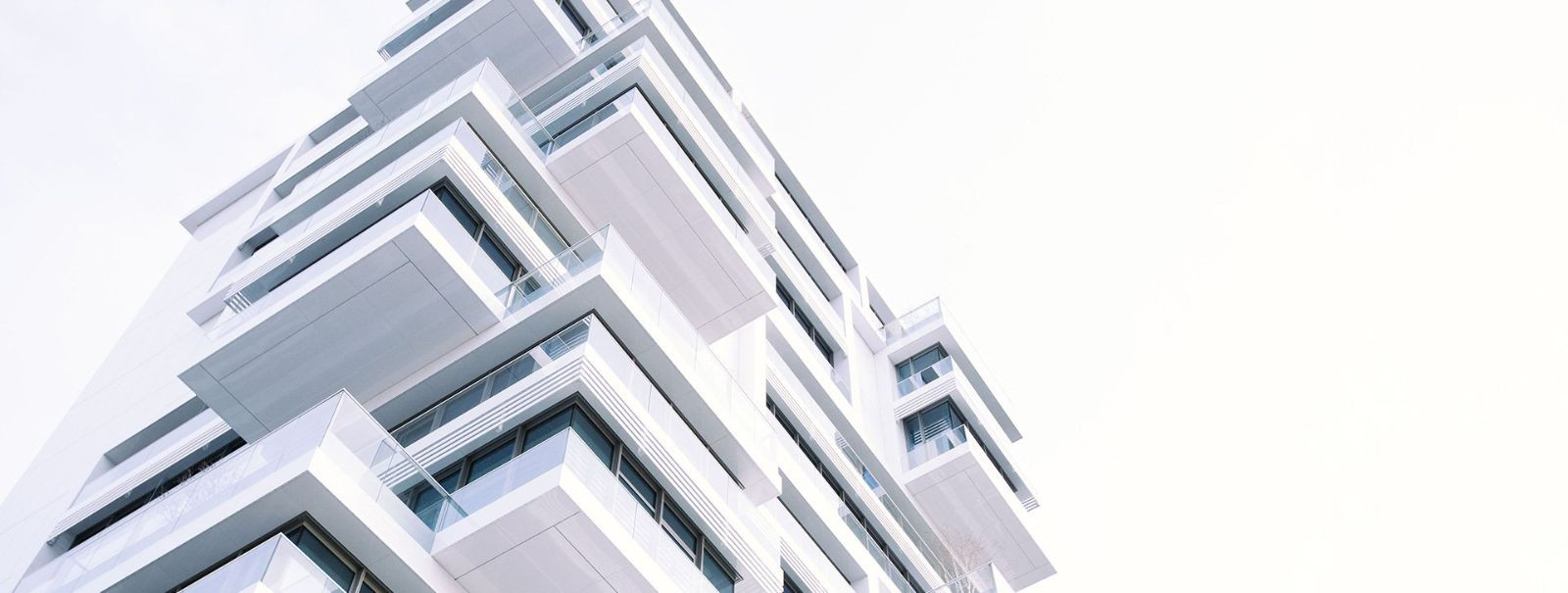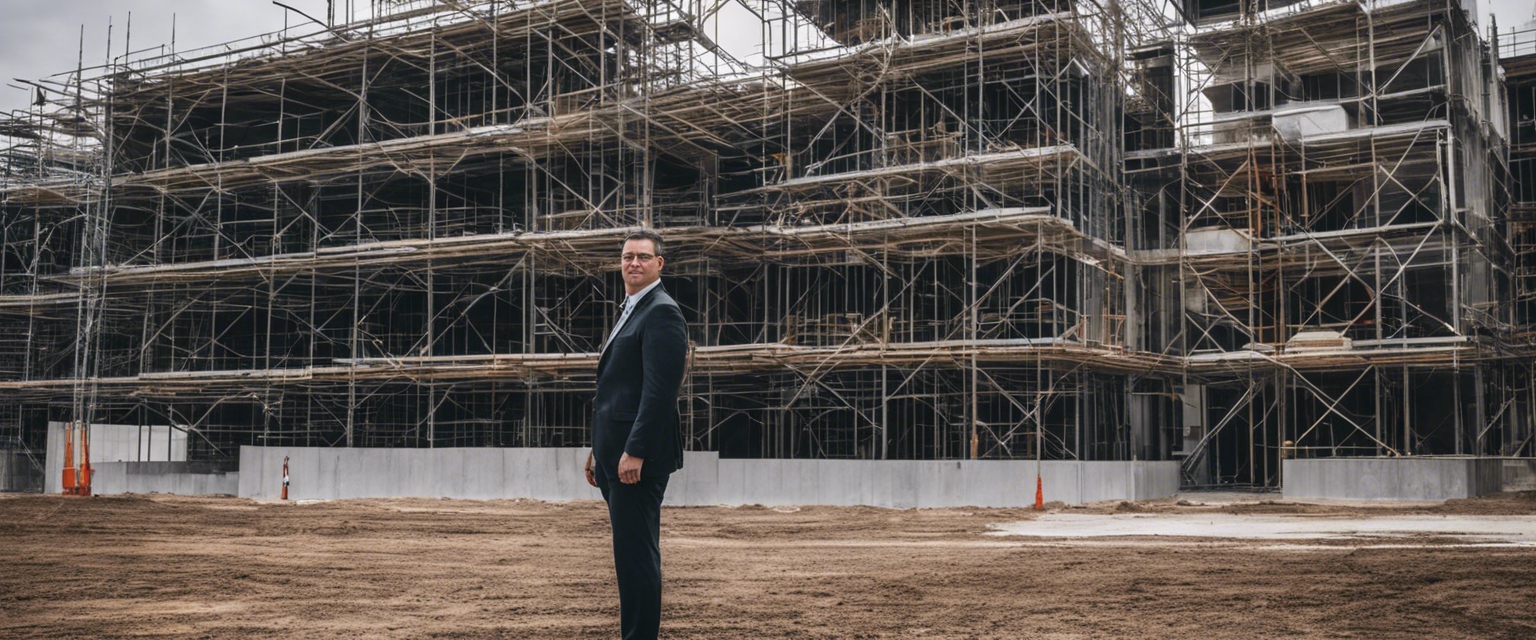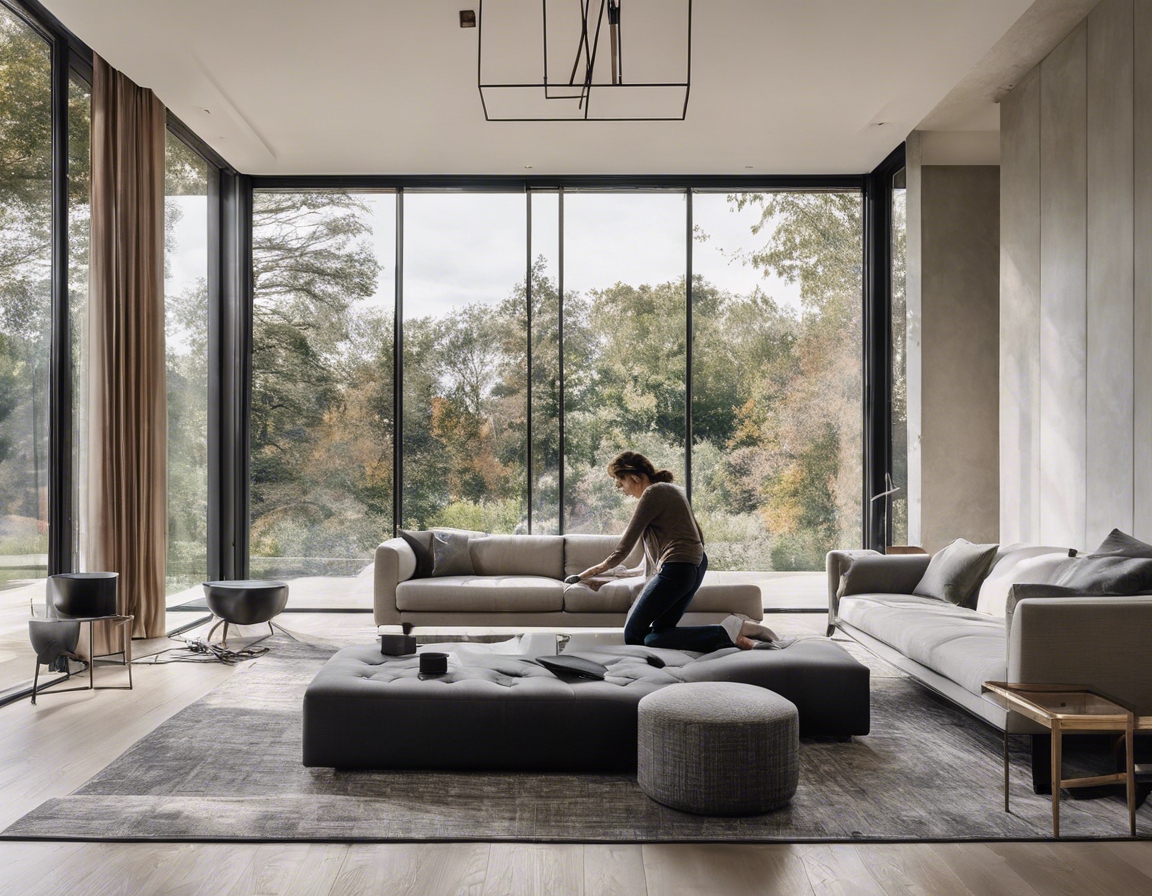5 trends shaping the future of property development
As the world evolves, so does the landscape of property development. Innovations in technology, shifts in consumer preferences, and the urgent need for sustainability are driving significant changes in the industry. In this post, we'll explore five key trends that are shaping the future of property development, offering insights for real estate investors, property developers, and individuals seeking advanced building solutions.
1. Sustainable and Green Building Practices
The push for environmental responsibility is leading developers to adopt eco-friendly materials and technologies. From recycled building materials to low-VOC paints, the industry is seeing a surge in products that minimize environmental impact.
Developments are increasingly designed with energy efficiency in mind, integrating renewable energy sources such as solar panels and wind turbines to reduce carbon footprints.
Green certifications like LEED and BREEAM are becoming a benchmark in the industry, pushing developers to meet stringent sustainability standards.
2. Technological Innovations in Construction
BIM technology is revolutionizing the way buildings are designed, constructed, and managed, allowing for more efficient and precise development processes.
The advent of 3D printing and modular construction is enabling faster and more cost-effective building methods, with the added benefit of reducing waste.
Smart home technologies are being integrated into developments to enhance comfort, security, and efficiency for residents.
3. Urbanization and Mixed-Use Developments
As urban populations grow, developers are finding innovative ways to maximize limited space through vertical construction and multi-purpose designs.
Mixed-use developments are focusing on creating spaces that foster community, blending residential, commercial, and recreational uses.
The blending of commercial and residential spaces within the same development is becoming more common, offering convenience and a vibrant urban lifestyle.
4. Shift Towards Health and Wellness
Developers are increasingly prioritizing health and wellness in their projects, incorporating features that promote physical activity and mental health.
Biophilic design, which integrates natural elements into the built environment, is gaining traction as a way to enhance well-being and connect residents with nature.
Amenities such as fitness centers, walking trails, and meditation spaces are becoming standard in new developments to support a healthy lifestyle.
5. Regulatory Changes and Government Incentives
Changes in zoning laws and building codes are influencing the design and location of developments, with a focus on sustainability and community integration.
Governments are offering financial incentives to encourage sustainable development practices, making green building more accessible and appealing.
Collaborations between the public and private sectors are facilitating large-scale development projects that might otherwise be unfeasible, often with a focus on community benefits and sustainability.






Comments (0)